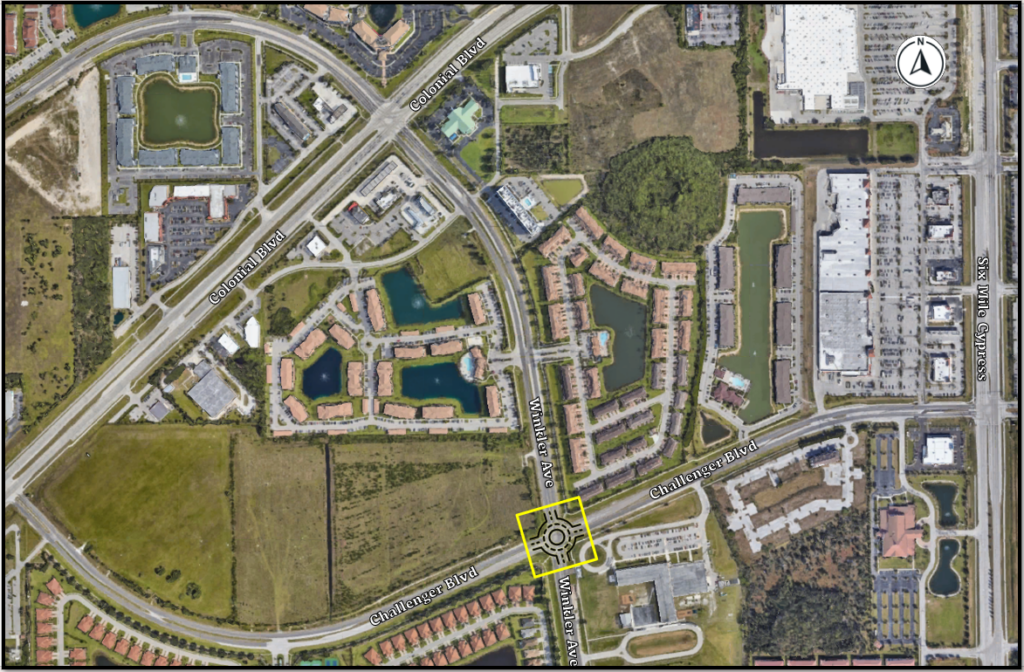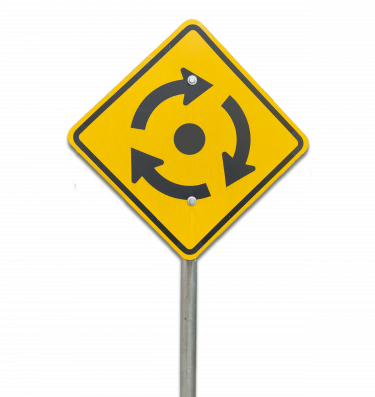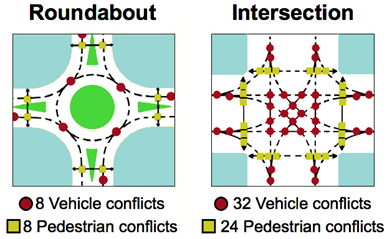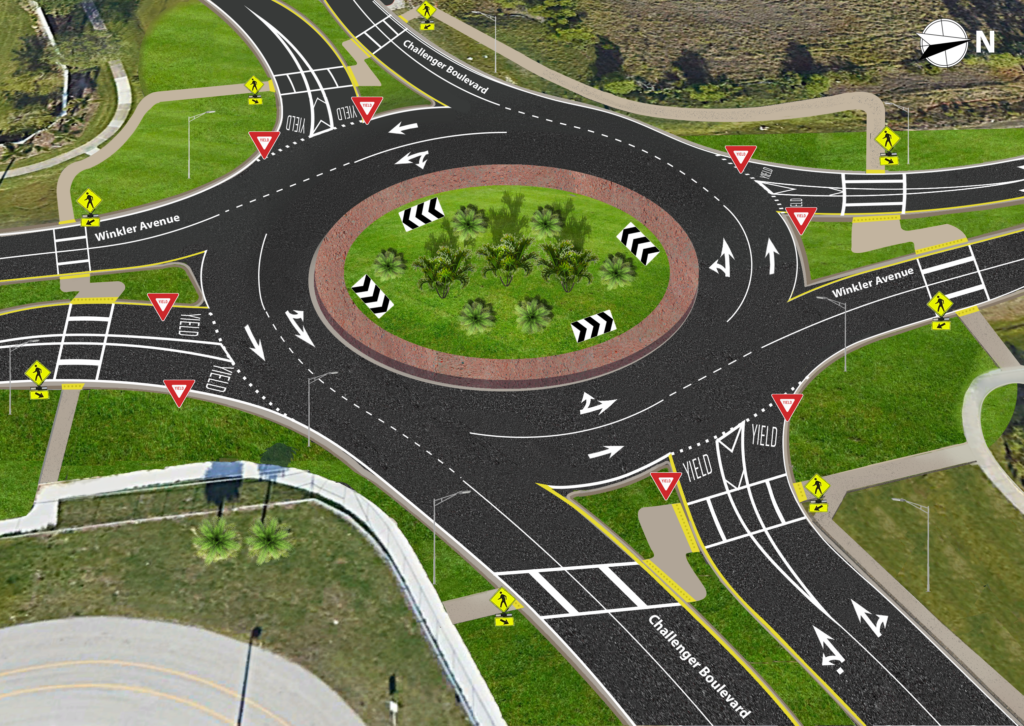Construction updates.
Construction Updates
About The Project
Beginning in March, contractors working for the City of Fort Myers will start construction on the Winkler Avenue and Challenger Boulevard Roundabout Project. Major work items associated with the proposed Winkler Avenue/Challenger Boulevard Roundabout improvements will include:
- The construction of a new two-lane roundabout at the intersection of Challenger Boulevard and Winkler Avenue and approach roadways
- Drainage improvements
Rectangular Rapid Flashing Beacon (RRFB’s) for pedestrian crossing - Sidewalks
- Signage, and pavement markings
- Utility adjustments
The project construction cost is $3,052,746.14 and is being funded by the Florida Department of Transportation through their Local Agency Program (LAP).
Work is expected to generally occur on weekdays from 7 a.m. to 7 p.m. Some night and weekend work may be necessary. The project is expected to be completed in mid 2025.


Public Notification
Documents related to the Winkler Avenue and Challenger Boulevard Roundabout project will be posted to
keep you up-to-date.
How did we get here?
The City of Fort Myers contracted with McMahon Associates, Inc. to conduct a safety study of this intersection. The study determined that implementing a temporary signal was warranted as an interim safety measure but recommended a roundabout for the long term.
The City first installed temporary interim striping and flex-stake improvements to help delineate traffic movements. Secondly, the City installed a temporary traffic signal as an interim measure until the roundabout design was completed.
About Roundabouts
Roundabouts reduce travel time by allowing traffic in all directions to flow continuously. Motorists travel in a counterclockwise direction around the circle and proceed in their intended direction without stopping. Studies show a significant time savings because motorists do not have to wait to make left-turns. Roundabouts provide improved safety for all modes of travel. One benefit is an overall reduction in vehicle speed while still accommodating all traffic movements. Also, the number of vehicle-to-vehicle conflict points decreases from 32 to eight. Head-on and high-speed collisions are virtually eliminated.
Studies also show a reduction in the occurrence and severity of pedestrian and vehicle conflicts. Due to the roundabout design, pedestrians only cross one direction of traffic at a time with a roundabout. Modern Roundabouts are designed to be safer for pedestrians and bicyclists than traditional intersections. Vehicles are moving at a slower rate of speed in roundabouts – typically between 15 and 20 mph. Crosswalks also are set further back from traffic, allowing drivers more time to react to pedestrians and bicyclists before merging into or out of the roundabout. Triangular islands between lanes of traffic give pedestrians a safe place to wait if they choose to cross only one direction of traffic at a time. The center of a roundabout is used for decorative features, which could include landscaping. To drive a modern roundabout, please visit the Hansen Street/Veronica S. Shoemaker Boulevard intersection.


Why Roundabouts Make Sense
Improves Safety
- More than 90% reduction in fatalities
- 76% reduction in injuries
- 35% reduction in all crashes
- Slower speeds are generally safer for pedestrians
Reduces Congestion
- Efficient during both peak hours and other times
- Typically, less delay
Reduces Emissions and Fuel Consumption
- Fewer stops and hard accelerations, less time idling
Saves Money
- No signal equipment to install, power, and maintain
Improves the Area’s Look
- Signal wires, poles and ground equipment are eliminated
- The center of the roundabout can be used for landscaping
